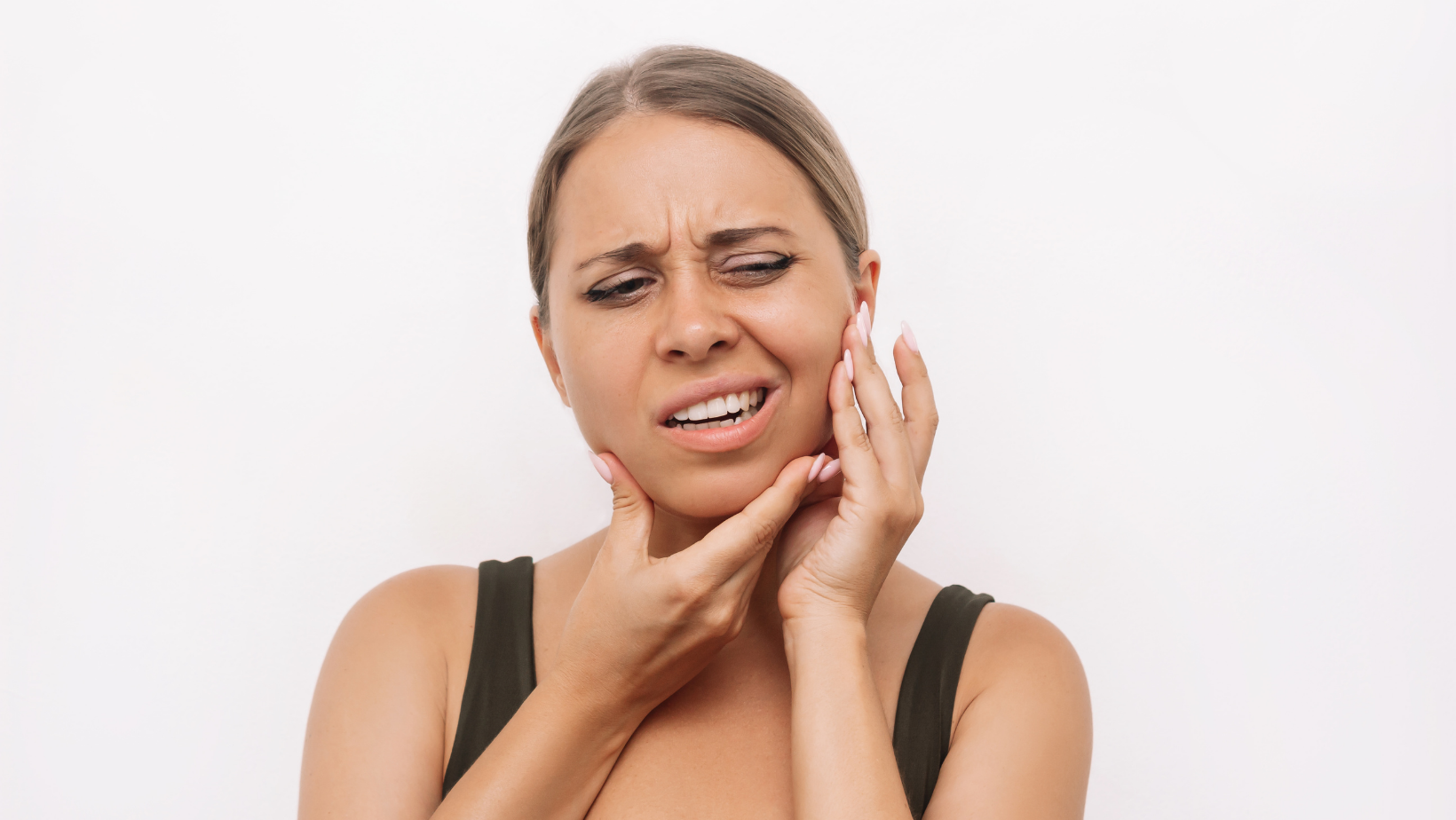Category
Jaw pain is a common ailment that can significantly impact daily life, affecting eating, speaking, and sleeping activities.

Have any questions?
If you have any questions, feel free to contact us at [email protected]. A member of our support team will help you shortly.
Share this blog
Fatigue
Energy
Stress
Sleep
Jaw pain is a common ailment that can significantly impact daily life, affecting eating, speaking, and sleeping activities. Understanding the potential causes of jaw pain is essential for effective management and seeking relief. This article explores various factors contributing to jaw pain and offers insights into strategies for finding relief and improving overall jaw health.
TMJ disorders are a leading cause of jaw pain. These disorders involve dysfunction of the temporomandibular joint, which connects the jawbone to the skull. Causes include jaw injuries, arthritis, or habits like teeth grinding (bruxism).
Grinding or clenching the teeth, often unconsciously during sleep, can lead to jaw pain and discomfort. This habit may result from stress, misaligned teeth, or other factors.
Dental problems such as cavities, gum disease, or an abscessed tooth can contribute to jaw pain. Infections or inflammation in the mouth can radiate pain to the jaw.
An improper bite alignment and malocclusion can strain the jaw muscles and joints, causing pain. Orthodontic issues or poorly fitting dental appliances may contribute to this condition.
Sinus infections or sinusitis can cause pain in the upper jaw, particularly when the sinuses become inflamed or congested.
Physical trauma to the jaw, such as a direct blow or impact, can result in jaw pain. Whiplash from a car accident is another potential cause.
Various forms of arthritis, including rheumatoid arthritis and osteoarthritis, can affect the jaw joints, leading to pain and stiffness.
Emotional stress and tension often manifest physically, with some individuals clenching their jaw or grinding their teeth in response to stress, leading to jaw pain.
Persistent pain or discomfort in the jaw, especially when chewing or speaking, is a common symptom of jaw-related issues.
Individuals with jaw pain may experience difficulty or limited movement when opening or closing the mouth.
TMJ disorders may cause clicking, popping, or grating sounds when moving the jaw. These noises may be accompanied by pain.
Jaw pain can contribute to headaches or migraines, especially related to teeth grinding or TMJ dysfunction.
Jaw pain may radiate to the ears, causing discomfort or a feeling of fullness.
If experiencing persistent jaw pain, it's crucial to consult with a dentist. They can assess oral health, identify potential issues, and recommend appropriate treatments.
Dentists may prescribe oral appliances such as splints or mouthguards to alleviate jaw pain caused by bruxism or misalignment.
Physical therapy techniques, including jaw exercises and stretches, can help improve jaw mobility and reduce pain.
Pain relievers, anti-inflammatory drugs, and muscle relaxants may be prescribed to manage jaw pain and inflammation.
Adopting stress management techniques, such as relaxation exercises, meditation, or counseling, can help reduce jaw pain caused by stress or tension.
Orthodontic treatment may be recommended to correct the bite alignment for jaw pain related to malocclusion.
Applying hot or cold compresses to the jaw can help reduce inflammation and relieve pain temporarily.
Individuals with jaw pain should avoid hard or chewy foods that may exacerbate discomfort. Opting for a soft diet can be beneficial during episodes of pain.
Jaw pain can significantly impact an individual's quality of life, but identifying the underlying causes and seeking appropriate relief measures can improve jaw health. Consulting with a dentist, adopting stress management techniques, and exploring targeted treatments are essential steps in managing jaw pain effectively. By addressing the root causes and implementing personalized strategies for relief, individuals can regain comfort and functionality in their jaw, promoting overall oral health and well-being.